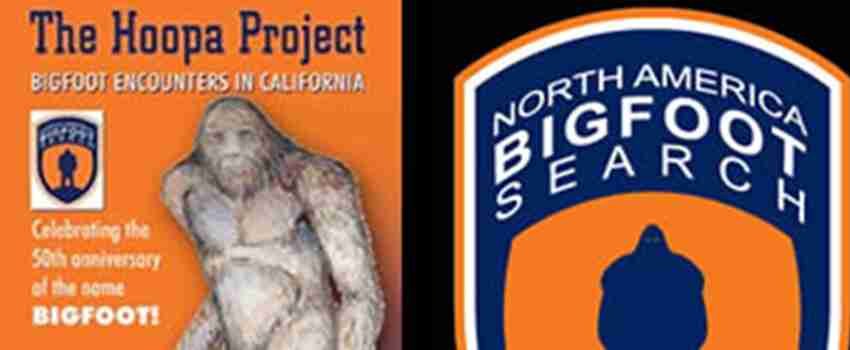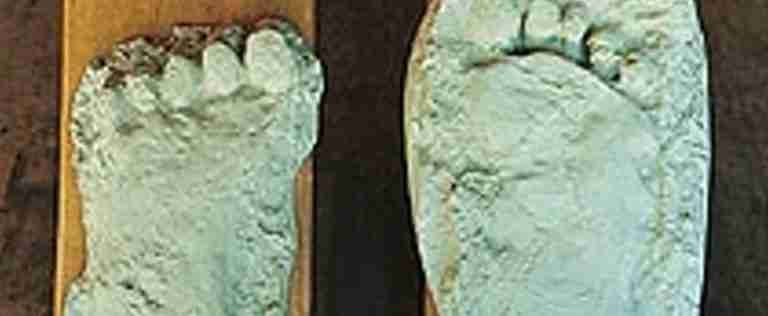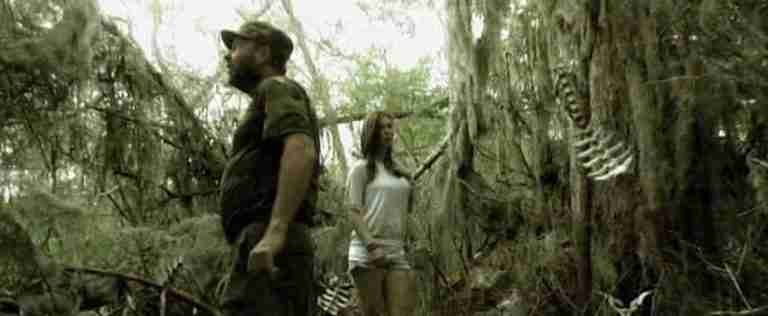Uncovering the Truth about Bigfoot: A Summary of the Hoopa Project

Bigfoot, also known as Sasquatch, is a large, ape-like creature that is alleged to inhabit remote forests, mainly in the Pacific Northwest region of the United States and Canada. The legend of Bigfoot dates back to the early 20th century, with the first reported sighting occurring in 1924 in a remote area of California. Since then, there have been numerous reported sightings of the creature, as well as alleged physical evidence such as footprints and hair samples.
The scientific community generally regards Bigfoot as a myth, and there is little empirical evidence to support its existence. However, the legend has persisted for decades and has gained a significant following, with many people believing in the creature’s existence and actively searching for it.
The Hoopa Valley, located in Northern California, has a long history of Bigfoot sightings and encounters. The area is home to the Hoopa Tribe, which has a rich cultural history and a tradition of storytelling that includes tales of a large, ape-like creature known as the “Hoopa Monster.” In the late 1990s, a team of Bigfoot researchers conducted a systematic study of alleged Bigfoot sightings and encounters in the Hoopa Valley, known as the Hoopa Project. This study was designed to investigate the phenomenon in a systematic and scientific manner, with the goal of either confirming or debunking the existence of Bigfoot in the region.
The Hoopa Project
The Hoopa Project was a systematic study of alleged Bigfoot sightings and encounters in the Hoopa Valley of Northern California. The project was conducted by a team of Bigfoot researchers in the late 1990s, and its goal was to investigate the phenomenon in a scientific manner in order to either confirm or debunk the existence of Bigfoot in the region.
To achieve this goal, the team employed a variety of research methods, including interviews with witnesses, analysis of physical evidence such as footprints and hair samples, and the use of field research techniques such as tracking and observation. The team also worked closely with members of the Hoopa Tribe, who had a long history of sightings and encounters with the creature.
The results of the Hoopa Project were mixed, with some witness accounts and physical evidence appearing to support the existence of Bigfoot, while other accounts and evidence were more difficult to interpret. The team did identify several instances of alleged Bigfoot activity, including sightings of the creature and encounters with strange, ape-like tracks. However, the team was ultimately unable to conclusively prove the existence of Bigfoot in the Hoopa Valley.
Despite the inconclusive nature of the study’s findings, the Hoopa Project remains an important contribution to the field of Bigfoot research, and its methods and results continue to be analyzed and debated by researchers and enthusiasts today.
Analysis And Interpretation
The analysis and interpretation of the results of the Hoopa Project raises several important questions about the reliability and credibility of witness accounts, as well as the potential explanations for the sightings.
One of the main challenges in evaluating the reliability of witness accounts is the subjective nature of human perception and memory. Sightings of Bigfoot are often brief and occur under unusual or stressful circumstances, which can affect the accuracy of the witness’s recollection. Additionally, the passage of time can further degrade the accuracy of witness accounts, as memories may become distorted or faded over time.
Despite these challenges, the team behind the Hoopa Project made efforts to carefully evaluate the credibility of witness accounts, including through the use of standardized interviews and the analysis of multiple accounts of the same event. In some cases, the team was able to corroborate witness accounts with physical evidence, such as tracks or hair samples, which added credibility to the accounts.
In terms of potential explanations for the sightings, the team considered a number of possibilities, including the possibility of hoaxes, misidentifications, or other natural phenomena. In some cases, the team was able to identify clear explanations for the sightings, such as misidentification of known animals or the presence of hoaxed evidence. In other cases, however, the team was unable to conclusively identify a cause for the sightings, leaving open the possibility of Bigfoot or other unknown creatures.
Overall, the findings of the Hoopa Project have important implications for the broader debate about the existence of Bigfoot. While the study was unable to conclusively prove the existence of the creature, it did identify a number of intriguing and unexplained sightings and encounters that are of interest to researchers and enthusiasts. These findings suggest that further research may be warranted in order to fully understand the phenomenon of Bigfoot and determine its true nature.
Conclusion: Uncovering the Truth about Bigfoot: A Summary of the Hoopa Project
In summary, the Hoopa Project was a systematic study of alleged Bigfoot sightings and encounters in the Hoopa Valley of Northern California that was conducted in the late 1990s. The team behind the project employed a variety of research methods, including interviews with witnesses, analysis of physical evidence, and field research techniques, in order to investigate the phenomenon in a scientific manner. The results of the study were mixed, with some witness accounts and physical evidence appearing to support the existence of Bigfoot, while other accounts and evidence were more difficult to interpret.
Despite the inconclusive nature of the study’s findings, the Hoopa Project remains an important contribution to the field of Bigfoot research. The project’s systematic and scientific approach to investigating the phenomenon sets it apart from many other studies, and its results continue to be analyzed and debated by researchers and enthusiasts today.
In terms of future directions for Bigfoot research, there is potential for additional studies to be conducted in the Hoopa Valley or other areas with a high concentration of sightings. These studies could utilize advances in technology and research techniques in order to more thoroughly investigate the phenomenon and potentially identify the cause of the sightings. Additionally, it may be valuable to conduct interdisciplinary research that combines the insights of scientists, anthropologists, and other experts in order to more fully understand the cultural and historical context of Bigfoot sightings and encounters.






